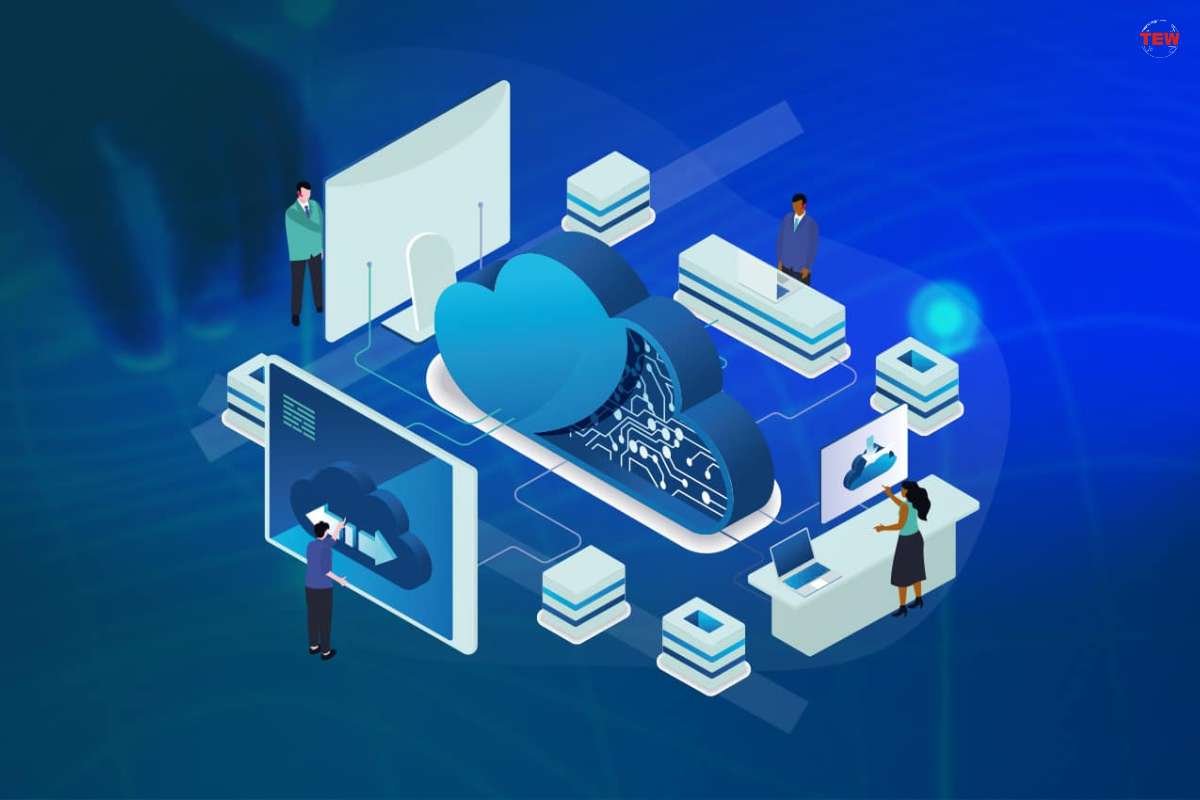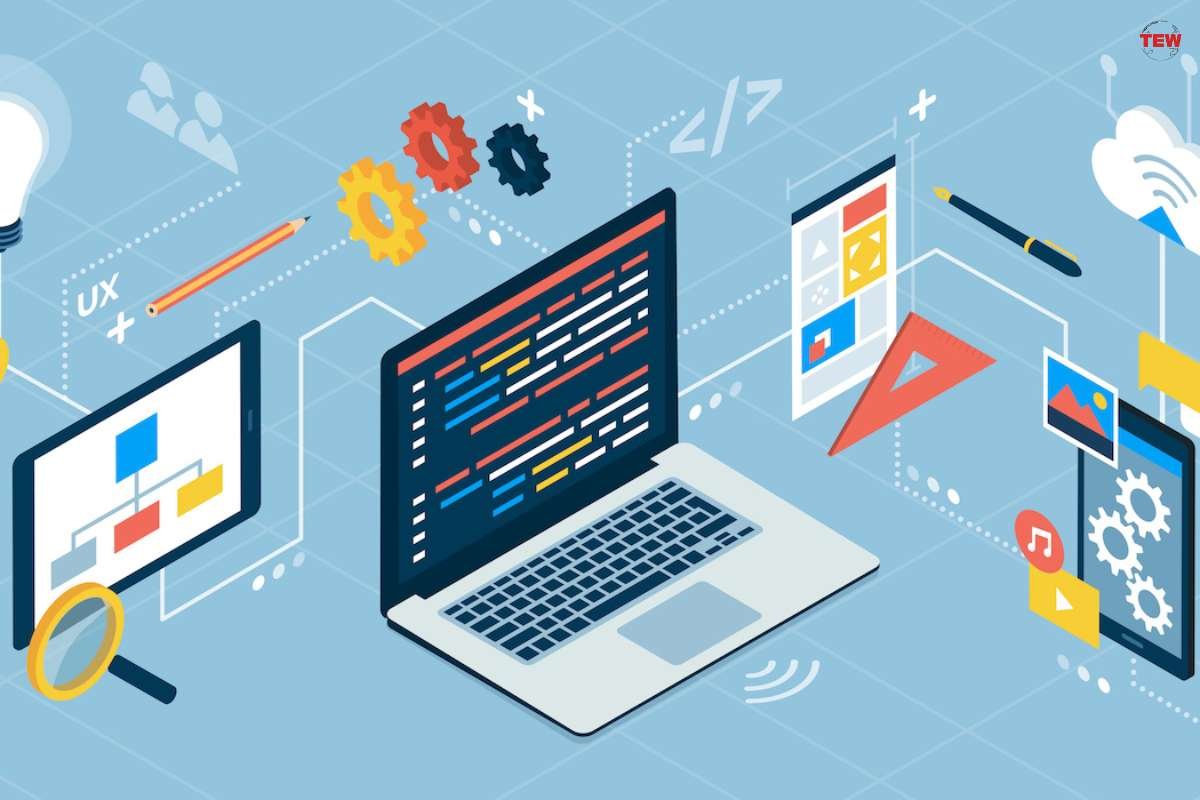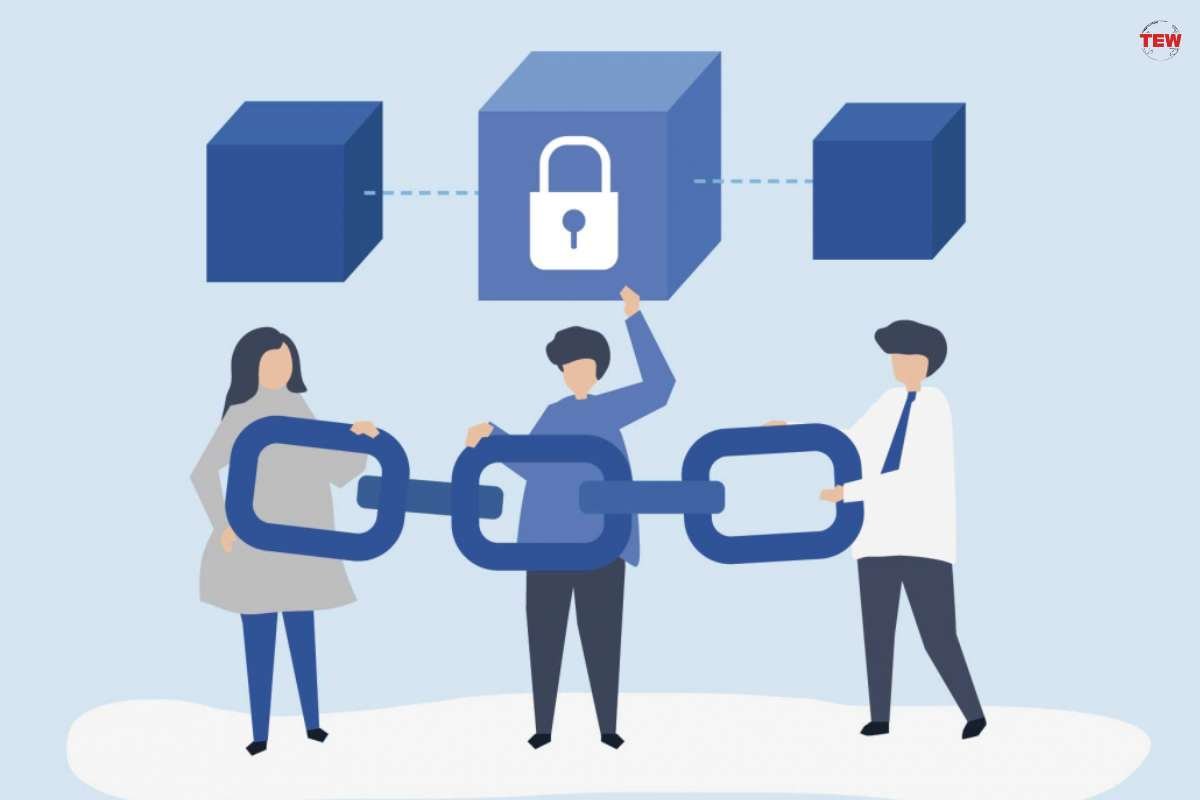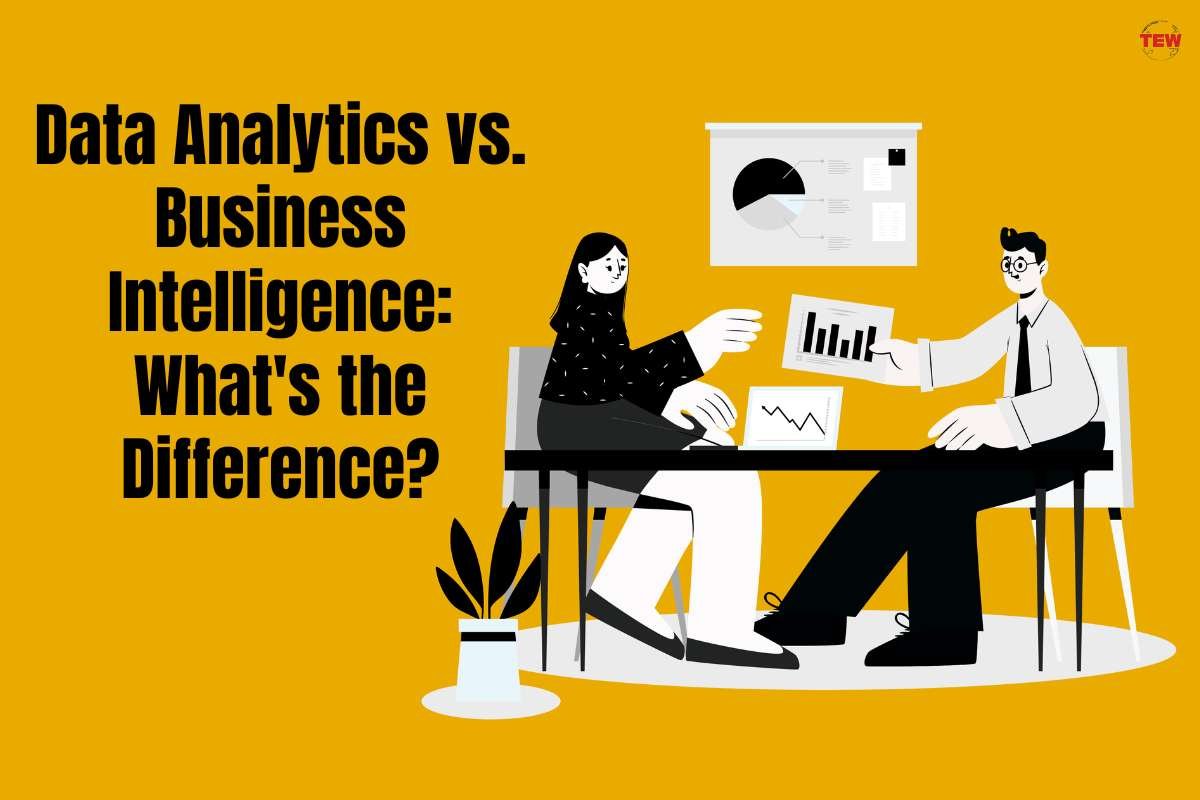Meta Description: Data analytics and business intelligence are often confused. Learn the key differences between these two fields and how they can benefit your business.
Businesses are adapting to the digital age. This is why using data analytics and Business Intelligence has become essential to stay competitive.
At the end of this Iteration Insights article, you’ll be able to differentiate the two. You’ll also be able to learn how they make informed decisions by giving them helpful information.
Let’s see the difference between data analytics and business intelligence:
Data Analytics
Data Analytics is a wide field that uses statistical methods to understand data sets. Different types of data analysis help us gain insights.
The descriptive analysis gives us an overview of past data, showing what happened. Diagnostic analytics helps us understand why certain events occur.
Predictive modelling helps us make forecasts about what might happen in the future. While Prescriptive analytics suggests what actions to take based on the data.
Data analytics focuses on statistical analysis, data mining, and predictive modelling.
Business Intelligence
Business Intelligence (BI) is a process that uses technology to give a view of a firm’s operations.
Business Intelligence focuses on reporting, querying, and visualizing data.
The purpose of this is to provide useful and practical information to business users.
What Data Analytics and Business Intelligence Aims to Achieve?
The primary goal of data analytics is to explore and understand patterns and trends in data. Doing this lets us find important information that helps us make informed decisions.
Business Intelligence (BI) focuses on providing practical information to business users. Its main purpose is to help with strategic planning and monitoring performance.
1. Application and Use Cases

Data Analytics
Data analytics finds applications in various sectors.
For example, marketing helps businesses understand and target their customers better. It does this through customer segmentation.
It’s also used in finance to detect fraud. It does this by identifying unusual patterns that might show fraudulent activity.
Data analytics is crucial for optimizing operations in supply management. This forecasts demand and optimizes inventory.
Business Intelligence
Business intelligence is used in different areas. Areas like sales performance tracking, financial reporting and budgeting, and supply chain management.
Businesses nowadays use business intelligence trends to improve their competitive edge.
Business Intelligence tools provide valuable insights that aid in performance management and strategic planning.
In finance, BI facilitates accurate reporting and budgeting, ensuring financial stability. In supply chain management, BI provides insights into various aspects of the supply chain. It also optimizes operations and resources.
2. Tools and Technologies

Data Analytics
Data analytics relies on various tools and technologies. Two popular statistical analysis and modelling choices are R and Python. These have strong libraries and versatile capabilities.
When handling big data, platforms like Apache, Hadoop and Spark are used. This is because they can manage and analyze huge amounts of data.
These tools are suitable for professionals with a strong background in statistics and programming.
Business Intelligence
Business Intelligence tools are designed to be user-friendly. They target business users who may need more extensive technical expertise.
Tools like Tableau and Power BI analytics dashboard focus on data visualization. It also presents data in an easy-to-understand graphical format.
SQL-based databases are for querying and reporting. This is due to their powerful and efficient data manipulation capabilities.
3. Challenges and Limitations

Data Analytics
One significant challenge of Data Analytics is ensuring data quality and governance.
Only complete or accurate data can lead to correct conclusions. Also, privacy and security concerns can limit data availability for analysis.
Data analysis methods can be hard to scale up. This can be tough for companies that don’t have much experience with data analysis.
Business Intelligence
BI relies heavily on structured data sources. As a result, it may need help with unstructured data, such as social media posts or customer reviews.
Traditional BI systems often need more real-time data integration and analysis capabilities. It can make it hard for these tools to give useful information when the newest data is important.
Conclusion
Data analytics and business intelligence may have different approaches and focuses. Still, they often work together and complement each other in a business context.
Think of data analytics as a detective who is good at finding patterns and predicting what might happen next. Business intelligence is like a storyteller. Someone who uses easy-to-understand reports and pictures to tell you what’s happening in the present and future. When a business uses both of these, it can make smarter choices that can lead to success.
Like a detective and a storyteller can help us understand a mystery, these two work together. They help businesses understand important information. This is important today because businesses have a lot of data to help them make these informed decisions.
Be a forward-thinking organization. One that harnesses the potential of BI and data analytics to revolutionize their operations. Embrace the data-driven future and discover the transformative power of informed decision-making. Together, let us navigate the complex business landscape and unlock a world of possibilities.




